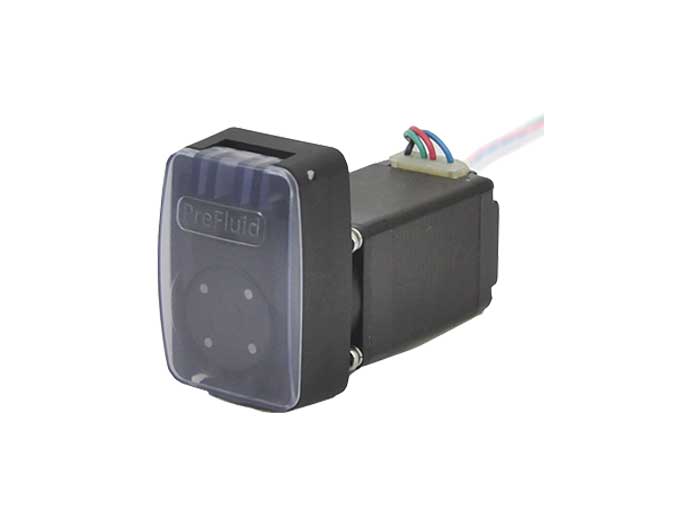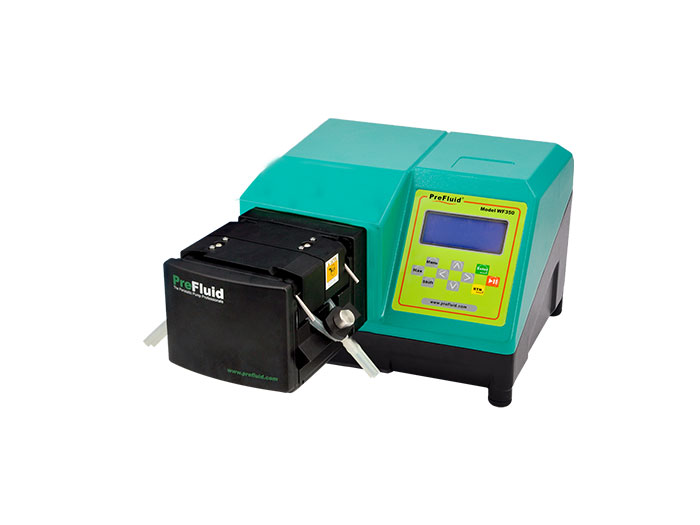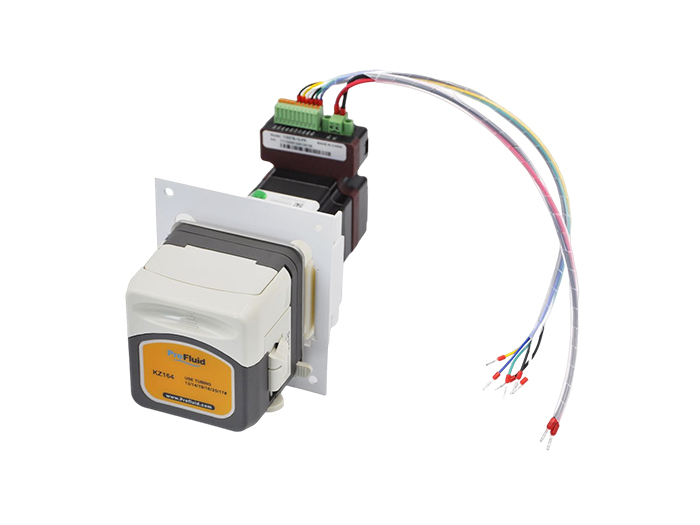Quantitative cylinder and peristaltic pump are two common filling equipment, they play an important role in the filling industry.
Quantitative cylinder and peristaltic pump are two common filling equipment, they play an important role in the filling industry. Although their goal is to achieve the accurate filling of liquid, but its working principle and application scenarios have some differences. This article will introduce in detail the difference between quantitative cylinder and peristaltic pump filling.
The quantitative cylinder is a device that realizes the quantitative filling of liquid by pressure. It contains a cylinder block with a piston and a control device. In the filling process, the control device will control the reciprocating movement of the piston, so that the liquid in the cylinder is pumped in or out. By adjusting the stroke and speed of the piston, liquid filling of different capacities can be achieved. The quantitative cylinder is suitable for situations where the filling volume needs to be precisely controlled, such as beverage, cosmetics, pharmaceuticals and other industries.
In contrast, a peristaltic pump is a device that achieves filling through the principle of peristalsis. It consists of a compression device and a hose. During the filling process, the compression unit pushes the liquid by squeezing the hose. The peristaltic pump can adapt to different liquid flow rates and can achieve leak-free filling. In addition, peristaltic pumps are suitable for transporting liquids with corrosive, high viscosity or high particle content. Therefore, it is widely used in chemical industry, food processing, medicine and other fields.
In addition to the differences in working principles and application scenarios, there are also some differences between quantitative cylinders and peristaltic pumps in terms of filling efficiency, ease of operation, and maintenance costs. The quantitative cylinder has high filling speed and stability because of the mechanical movement. But at the same time, it also requires more cumbersome setup and debugging to ensure accurate filling volume. The peristaltic pump is relatively simple in operation, and only needs to adjust the speed of the extrusion device. In addition, the peristaltic pump has lower maintenance costs, because the hose is a wearing part, it is more convenient to replace.
In summary, the quantitative cylinder and the peristaltic pump have their advantages and disadvantages in the filling industry. Choosing the right filling equipment needs to be determined according to the specific filling requirements and liquid characteristics. The dosing cylinder is suitable for situations where precise control of filling volume is required, while the peristaltic pump is suitable for conveying special liquids and for situations requiring easy operation. Understanding the difference between a dosing cylinder and a peristaltic pump can help us better choose the filling equipment that suits our needs.


